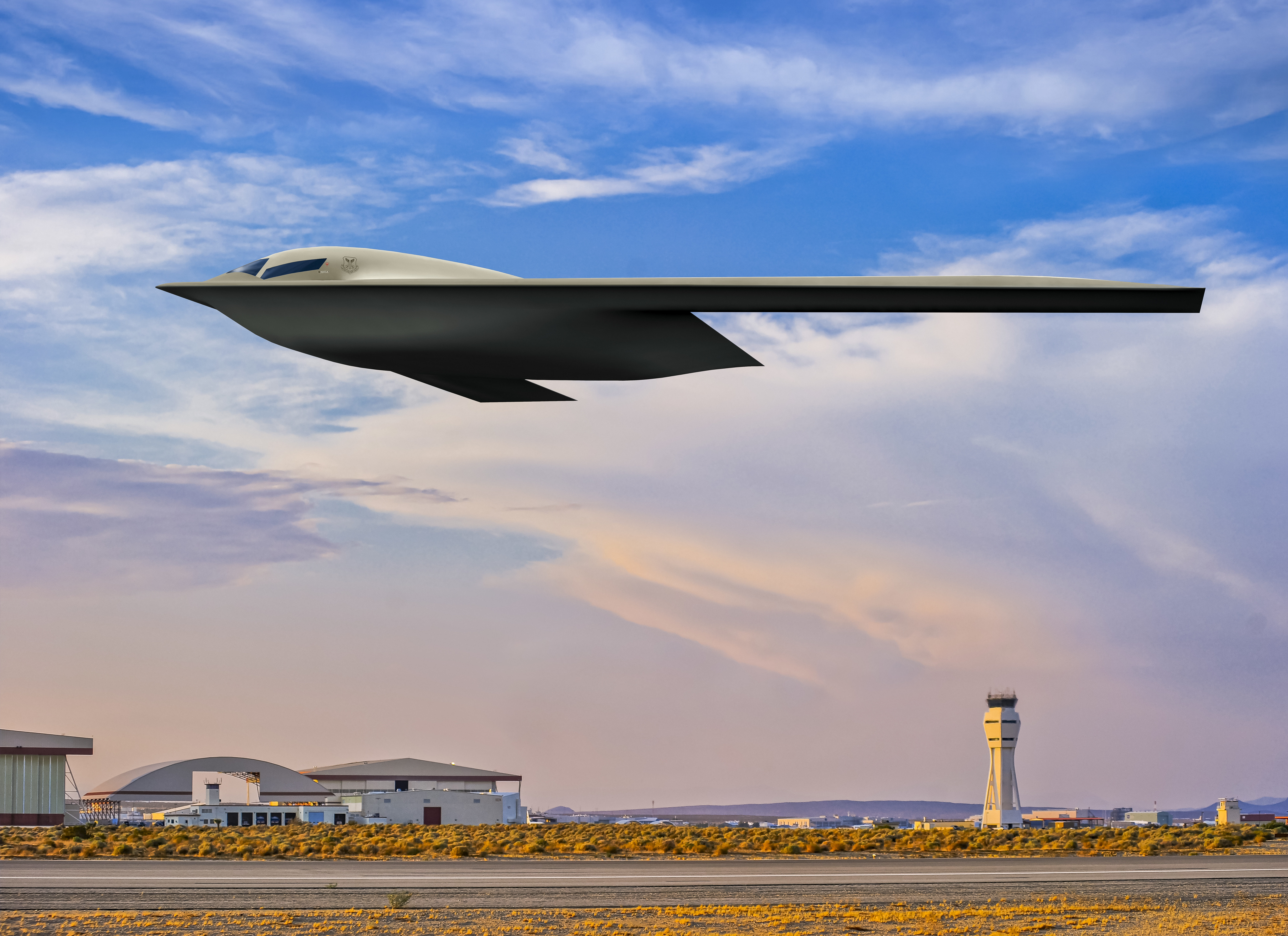In the morning hours of Feb. 11 in Beijing—which will be during the evening of Feb. 10 in the U.S.—Airman 1st Class Kelly Curtis will take to the ice at the 2022 Winter Olympics, sliding headfirst down a frozen course at breakneck speeds in the women’s skeleton.
Curtis, stationed out of Aviano Air Base, Italy, is the Air Force’s lone representative in this year’s Games. Here’s all you need to know about Curtis, her event, and how to watch.
Who is Kelly Curtis?
At 33 years old, Curtis is a member of the Air Force’s World Class Athlete Program, which allows athletes to train full time in their sport while still completing training, professional military education, and other military requirements.
Skeleton isn’t Curtis’ first sport. At Springfield College in Massachusetts, she was a heptathlete. According to a Team USA release, her coach at the time suggested she try bobsleigh. She did and was invited to a bobsleigh driving school program in Lake Placid, N.Y.
“During driving school, I saw and slid Skeleton for the first time and was intrigued right away,” Curtis said in an Air Force release. “After completing graduate school, I joined the USA Bobsled team for a season before switching to Skeleton full time.”
After several years of competing in skeleton as a civilian, Curtis joined the Air Force in 2020 as part of the WCAP, and is a cyber Airman. She was transferred to Aviano, and from there she was able to compete in skeleton’s World Cup circuit across Europe.
Curtis is not just the only Airman competing in the 2022 Olympics—she’s also the first Airman to compete in any Olympics Games since 2016. The WCAP has only recorded two other Airmen in the Winter Olympics since 1998, both of whom were alternates in the bobsleigh and didn’t compete.
On top of that, Curtis is also making history as the first Black athlete to represent the U.S. in the sport of skeleton.

How Does Skeleton Work?
Skeleton is a sliding sport that takes place on the same icy course as the bobsleigh and the luge.
But while those in the bobsleigh get inside a sled and those in the luge slide on a sled feet first, athletes in skeleton lie on top of a sled and go face-first. Speeds can reach up to 90 miles per hour—in training heats, Kelly got past 75 miles per hour.
Each athlete is given four runs during the competition, with their place determined by cumulative time.
How to Watch A1C Curtis
The first heat for the women’s skeleton competition is scheduled to start at 8:30 p.m. Eastern on Feb. 10—in Beijing, it will be 9:30 a.m. Feb. 11. Curtis is scheduled to go 17th out of 25 competitors.
The second heat is set to take place the same day after the first heat, tentatively at 10 p.m.
The third and fourth heats will take place the morning of Feb. 12—7:20 a.m. Eastern for Heat 3, 8:55 a.m. for Heat 4.
The first two heats will be televised live on the USA network, with the third and fourth heats scheduled to be broadcast a few hours after their conclusion, starting at 10:45 a.m. Eastern, also on USA.
All four heats will be streamed live on NBCSports.com and Peacock.








